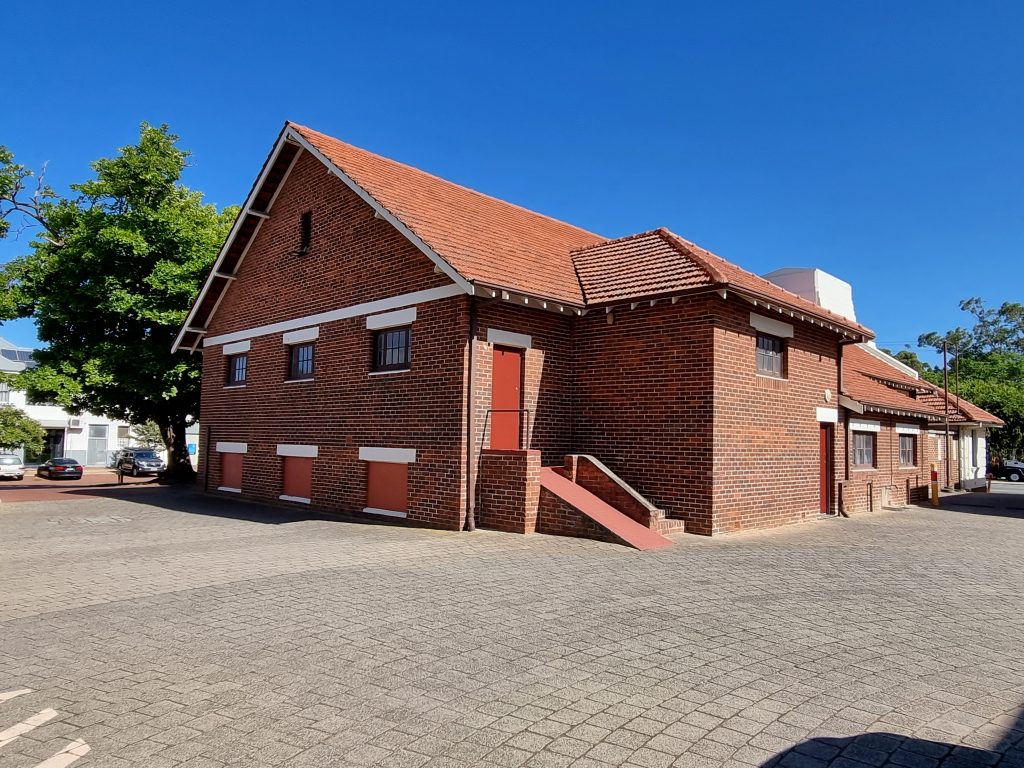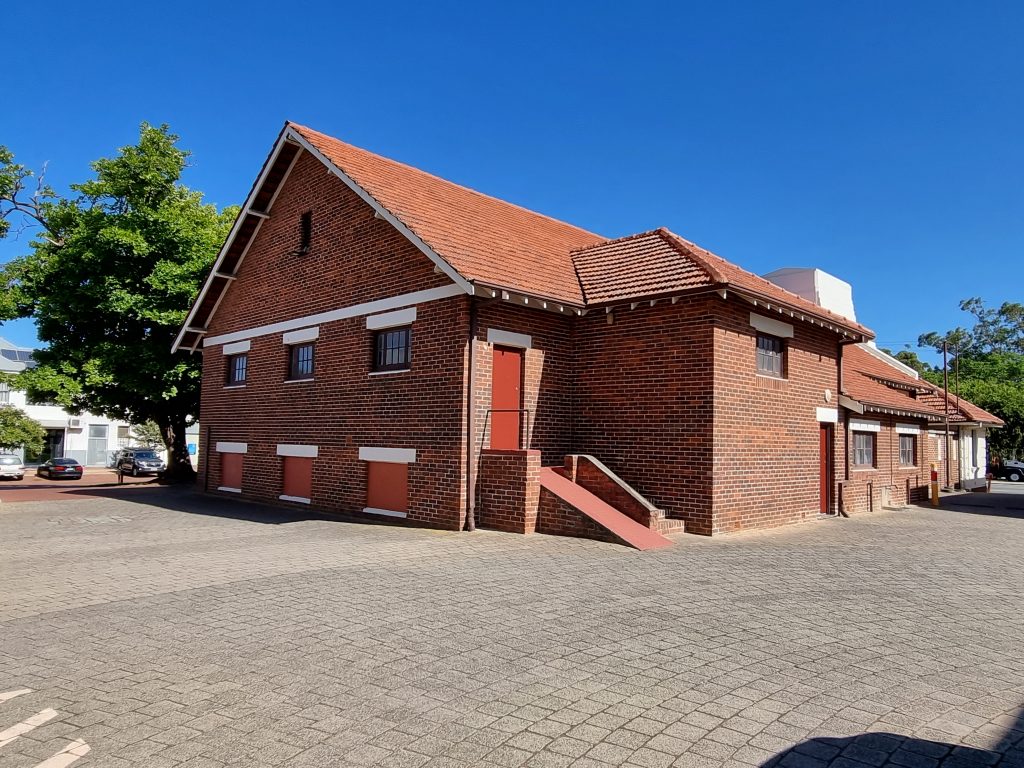The Properties of Natural Light
I recommend that the following activity be done with a small number of participants, safely standing in a circle outside on a sunny day to best observe the properties of natural light. Do not look directly at the sun as it can damage your eyes, just be aware of the direction that the sunlight is coming from by looking at shadows on the ground or other safe means.
If you have an awareness of natural light by analysing the Direction the light comes from, the Intensity of the light, the Shape of the light, the Colour of the light and any apparent Movement attributed to the light, it will help you to create a better lighting design.
Sunlight is the main form of natural light, moonlight is reflected sunlight. As the sun is a long distance from the earth, 150 million kilometres, they appear to be parallel. So someone in the group that is facing the sun will be brightly lit by Direct light, some will have one side brightly lit by Direct light, but no one will be in dark shadow as the direct sunlight is reflected from the atmoshphere or nearby surfaces to provide a less bright and usually different coloured indirect light.
Our observation of which direction the Direct light is coming from will usually inform us of what time of day it is due to the earth rotating. on it’s axis. We can use this change of direction of the light source in our lighting design to suggest to the audience of a change of time from morning to afternoon.
The brightness or Intensity of the light is usually interpreted by us as a way of estimating what the time is. This is dependent on the weather conditions as the difference in light intensity on an overcast or winters day is not as distinct or noticeable. The Intensity of Direct light can be affected by dust or clouds. The Intensity of Indirect or reflected light can be affected by the absorption of the Direct light by the texture of the surface it lands on. The surface may be highly reflective such as a mirror, or very absorptive such as brickwork which can be rough. The colour or pigments of the reflecting surface will also determine the Intensity of the reflected light.
The Shape of the light is usually determined by the shape of any surface of object that obstructs the Direct light beams. The Shape can show up as the lines of a wall or building or it can be the Shape of leaves underneath a tree. Observing these Shapes allows us to help suggest to an audience that an actor is standing in the shadow of a building on a hot day, or be standing underneath a tree without having to build a tree on the stage as part of the set by using profile spots with shutters or gobos.
The Colour of natural light is dependent on the medium that the light beams are passing through. There may be a subtle blue tinge to the sky or the vibrant Colours of a rainbow due to the refraction of the light through rain drops. By recreating these natural Colours on the stage, we can suggest particular scenes to the audience.
Natural light does not have any obvious apparent Movement to the human eye, but when the natural light is reflected from an ocean wave, we perceive wave Movement. If a member of the group goes and stands underneath a tree, they will have a dappled light pattern on them, but if they move underneath the tree, we perceive the change in the dappled light as Movement.


Guildford Town Hall 9am Monday 13 February 2023

Guildford Town Hall Tree 9am Monday 13 February 2023

Page updated 13 February 2023